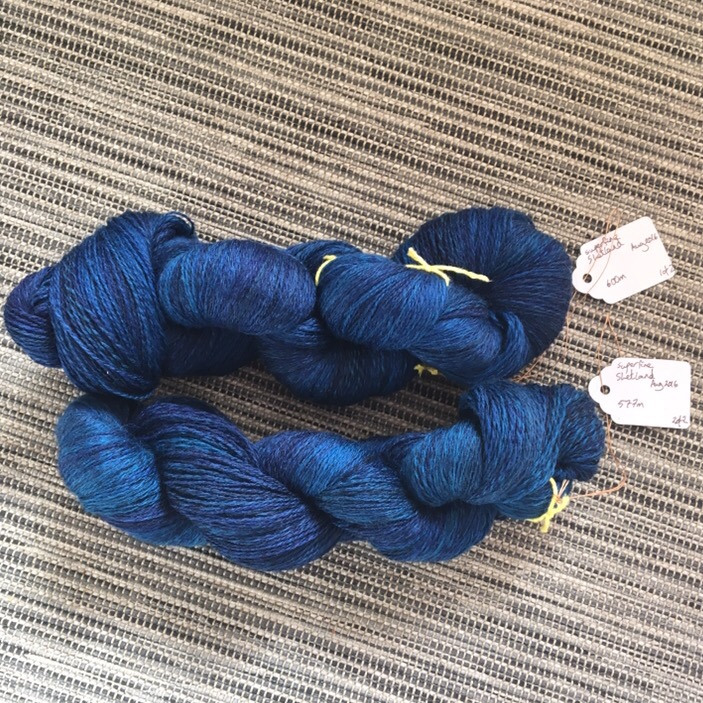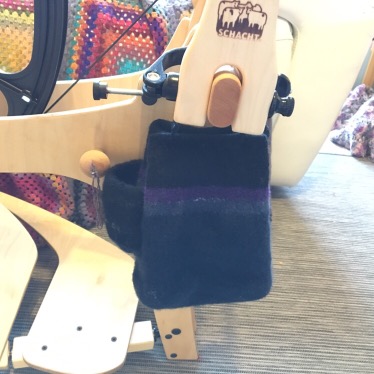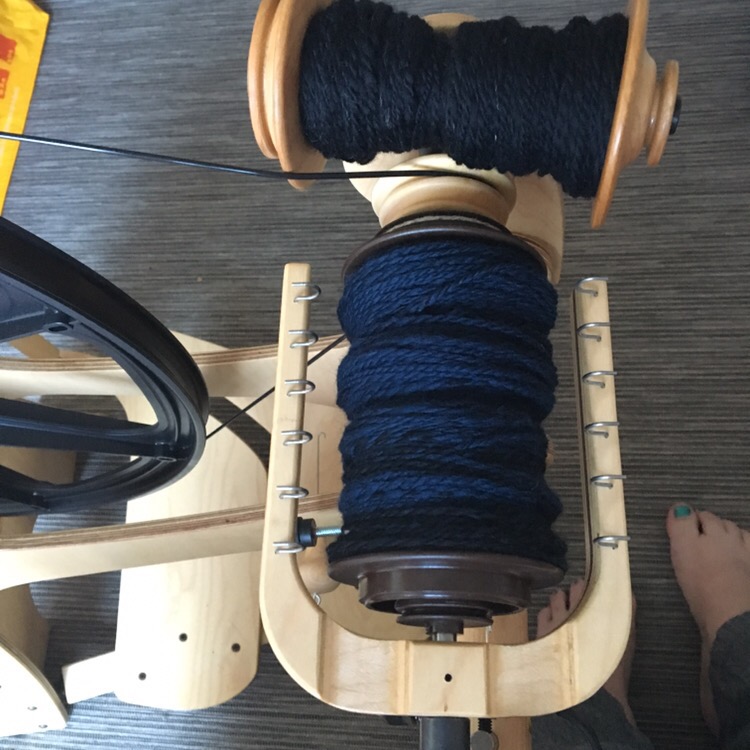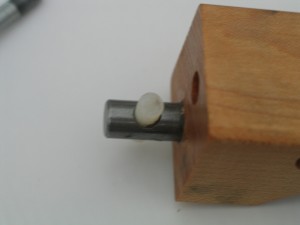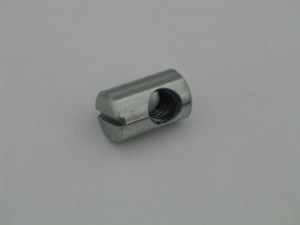I have no idea what is going on with the UK weather, usually September is the start of the weather I love. Autumn is my favourite season, with cooler days and nights and the start of a few rainy days and of course all the Autumn colours. (Autumn = Fall for my US friends)
But it has been unseasonably warm here this week, with the kids back at school without their coats and hats and mittens seeming like a distance concept still. I suppose I shouldn’t complain when the weather man says highs of 29C next week, but to be honest I’d rather it was a bit cooler and I could get on with some DIY with sweating!
So instead I’ve spent this week getting back into the work groove after 6weeks of school holidays off. During this long holidays I keep up with customer emails, Ravelry and knitting on current design ideas, but the actual hard work of designing and teaching gets set aside.
I’ve updated the blog and added some of my patterns to the pages here, which used to be available through my web shop, which is now closed. So I thought it would be helpful to have my designs all in 1 place here. So I’m nearly done with that.
I’m re working one of my oldest patterns and that will be tech edited and rereleased in the next few weeks.
Spinning, oh how I love to spin to relax after a busy day at the computer.

With these 2 bobbins of slightly slubby chunky merino 2ply yarn finished, I settled down to make a felted bag for my Flatiron wheel. I like a bag to store the whorls, oil bottle, spare drive band and brake band and any other bits like WPI gauge. I decided to make this bag slightly bigger as I know I will take this wheel out to events and it would be nice to be able to tuck a spare bobbin in as well.
For knitting that will be fulled (some just call this felted) I don’t bother finishing the yarn first, I find this makes for firmer felt fabric. So I lazily knitted straight from the bobbins. As soon as the knitting was done I went to the sink to felt it, and once it was wet and soapy, I thought “oh no, you silly woman! You should have taken a photo.” Before felting this bag was very loose and shapeless and obviously much bigger!
My method for felting knitting is as follows;
Run a bowl of hot as I can get it warmer from the tap and top up from the kettle. I wear thick rubber gloves to prevent scolding myself! Add detergent I find dish washing liquid (aka Fairy Liquid) works well to the hot water.
Soak the item in the hot water until it’s wetted through, then start felting.
You can either run a 2nd bowl of cold water and refill it often so it doesn’t get warm, or use the cold tap running.
Aim of the game is to put the hot wet soapy knitting into really cold water, over and over. This is the quickest and least energetic felting process.
I agitate the item in the hot soapy water, rubbing it between my hands and scrunching it up, then move it quickly to the cold move it around until it’s cold, squeeze the cold water out with my hands and return it to the hot water. Squeezing it out helps stop the hot water going cold and saves having to refresh the hot water.
Repeat, repeat until it is firm and I’m reasonably happy with the size. This method works well and prevents sections getting stuck together or creases forming which is quite common if you just throw it in the washer.
I was only at the sink about 15mins. It’s probably quicker if you are really vigorous and use a sink plunger or something, but I’m too laid back for that.
Rinse all the soap out thoroughly, pull into shape. Then I put mine in the tumble drier as this firms the felt up really well. I put it in until it’s almost dry.
Then stretch over a form of some sort until fully dry.

Finally a use for all the different shapes and sizes of tuppawear I own!
The finished bag hanging on my Schacht Flatiron.


The bag has a row of eyelets around the top. I added extra twist to a length of the yarn and folded 4 strands and let it twist back on itself, making a cabled yarn. I then threaded this through the eyelets to hang up. It also has a small side pocket for the oil bottle as this is probably the item I use most often from the bag.
Still loving my Flatiron.
 Schacht sent me these great pin badges, so I will share some with my fellow Schacht wheel owning friends.
Schacht sent me these great pin badges, so I will share some with my fellow Schacht wheel owning friends.
 So that’s a little tease and here are some finished yarns from clearing off my bobbins ready for Spinzilla.
So that’s a little tease and here are some finished yarns from clearing off my bobbins ready for Spinzilla.